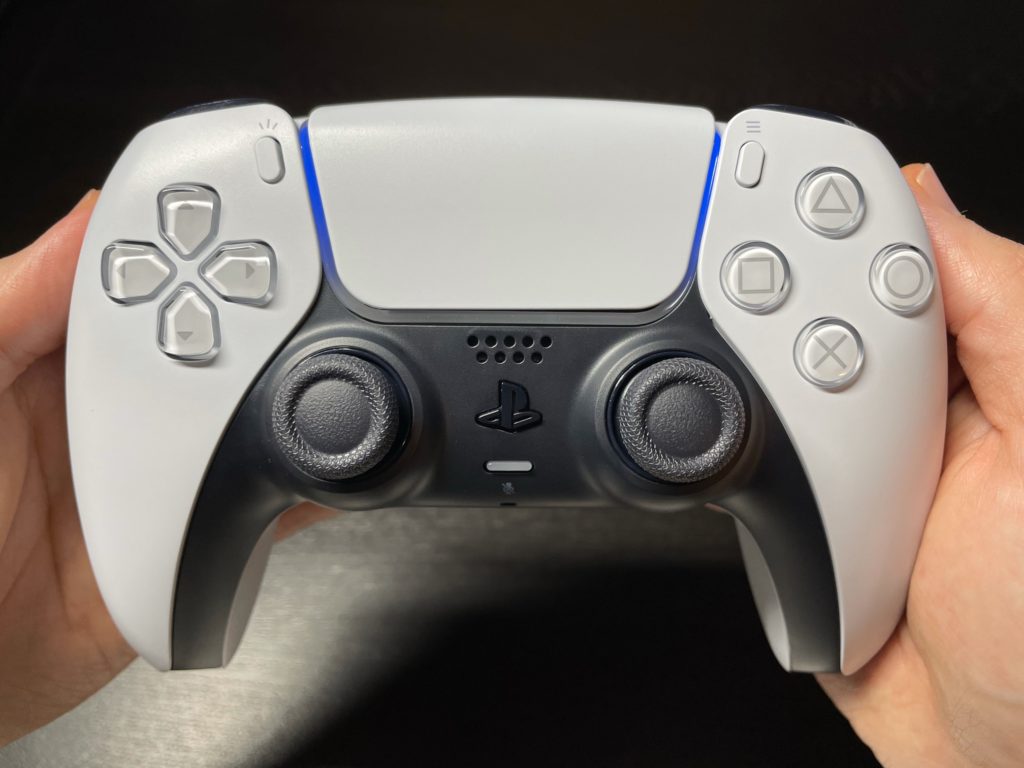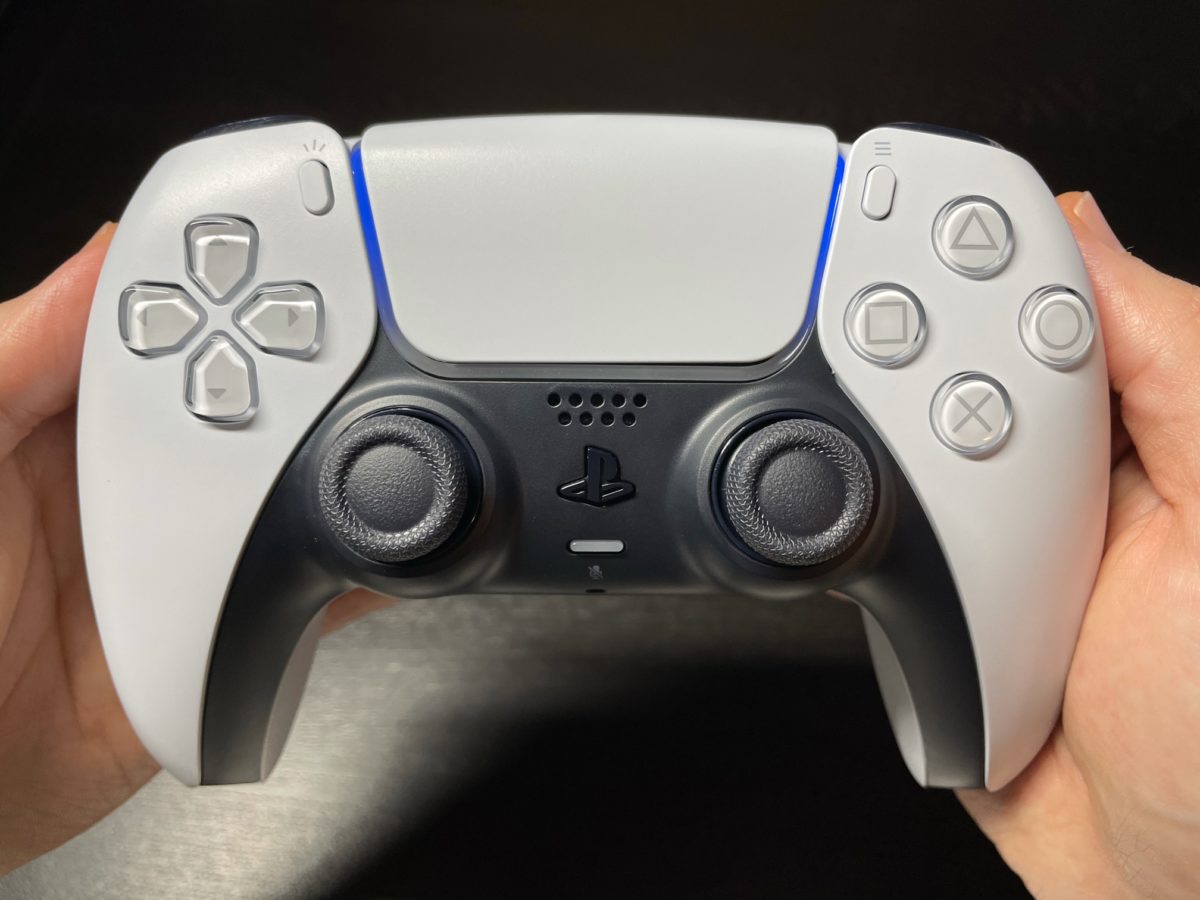I received my DualSense controller last week, and I’m very excited about it. I’m very enthusiastic about controllers specifically, so here are my impressions after playing around with it for a while. Since I obviously don’t have a PlayStation 5 yet, this means I have not yet been able to experience the most interesting new features of the DualSense: the haptic feedback and resistant triggers.
First off, the DualSense is slightly bigger than the DualShock 4, and feels just a bit heftier – a slight but noticeable difference. Right off the bat, it feels great in the hand, and maybe even more naturally contoured and comfortable than the DS4.
The buttons and d-pad feel softer and a little “mushier” than the DS4 I compared against. The d-pad is flatter and has a less pronounced tapered center compared to the DS4 – that bit in the middle where the buttons slope down into each other. The d-pad is still a single piece split into the four directions, so you can rock and roll your thumb across it, unlike the Switch joy-cons with its d-pad comprised of four independent buttons. (I hate the joy-con d-pad.)
The surface of the four face buttons is similar to the DS4’s – mostly flat, but with a very slightly convexed surface. However, the Circle button is contoured to match the shape of the DualSense’s curves, so the Circle button does curve slightly downward on its right-most side, making it the unique outlier of the four. It feels ever so slightly different from the DS4’s Circle button, but only time will tell if this will have any noticeable impact on gameplay and usability. I doubt it will.
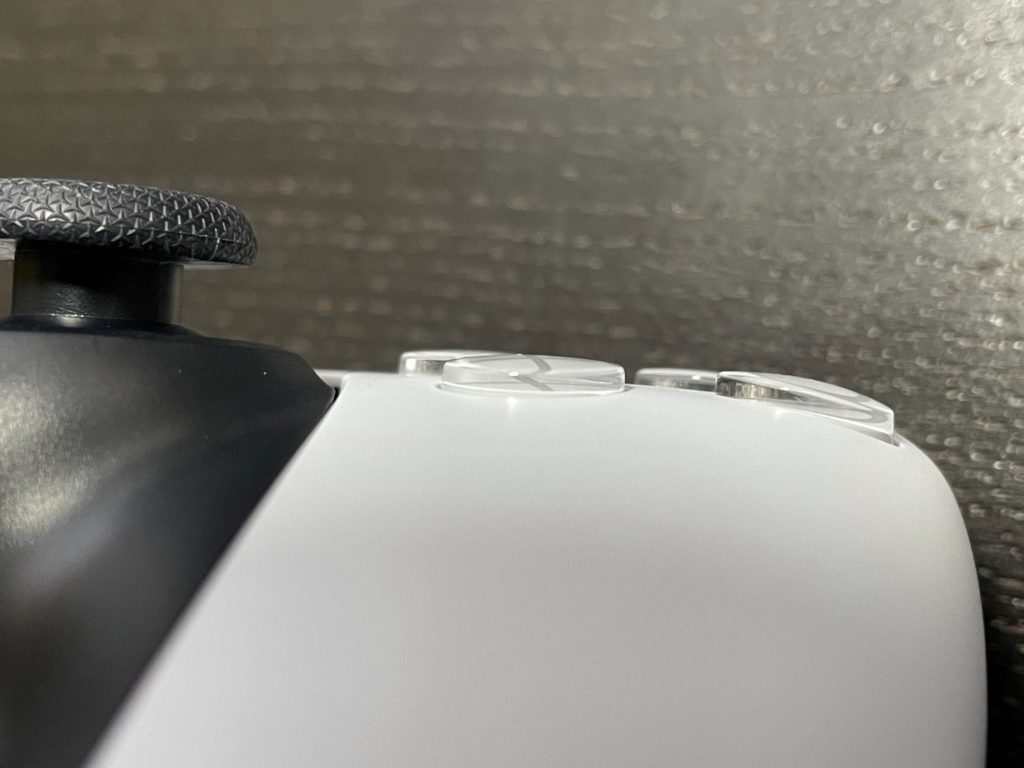
The new sticks are very similar to the DS4’s, are spaced exactly the same distance apart as on the DS4, and share the same surface shape, but the heads have a more pronounced ring and are slightly more textured. The stick action, resistance, and snapback all feels good – very similar to the DS4. Maybe just a hair snappier, but also maybe because my DS4 isn’t brand new. I noticed that there is a new ring protecting the DualSense chassis where the sticks make contact with the rest of the controller. One effect of this protective ring is that it greatly dampens the clicking sound of the sticks making contact with the chassis, so maybe this is partially to reduce the controller sounds when using the DualSense’s built-in microphones – more on that in a bit.
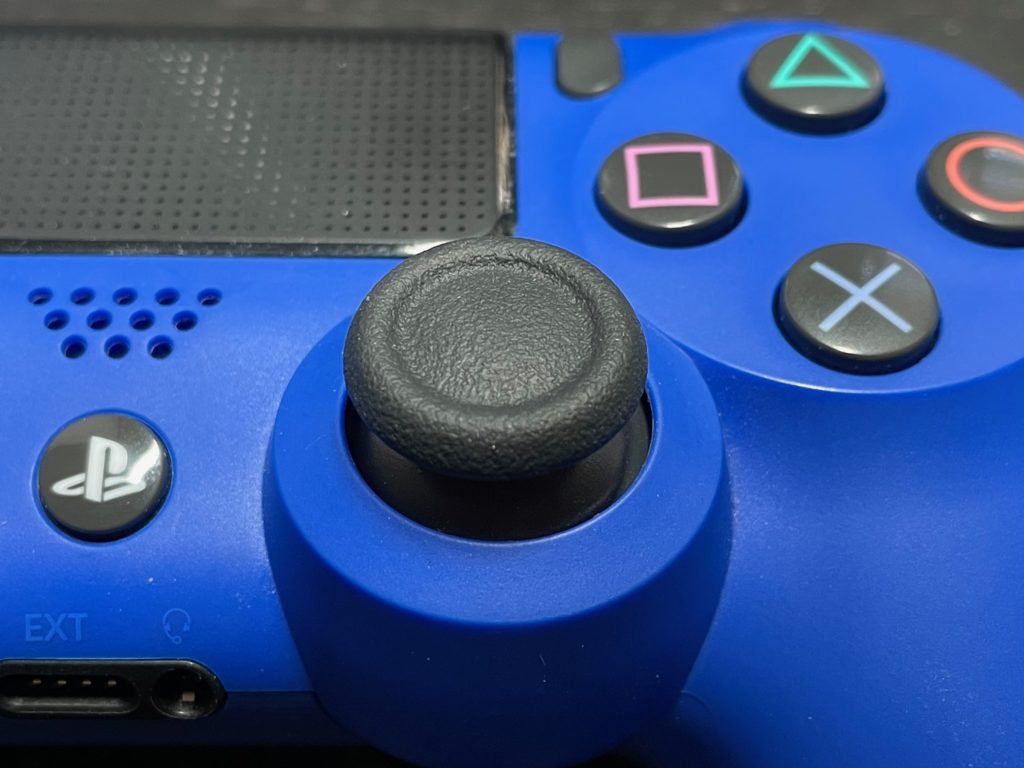
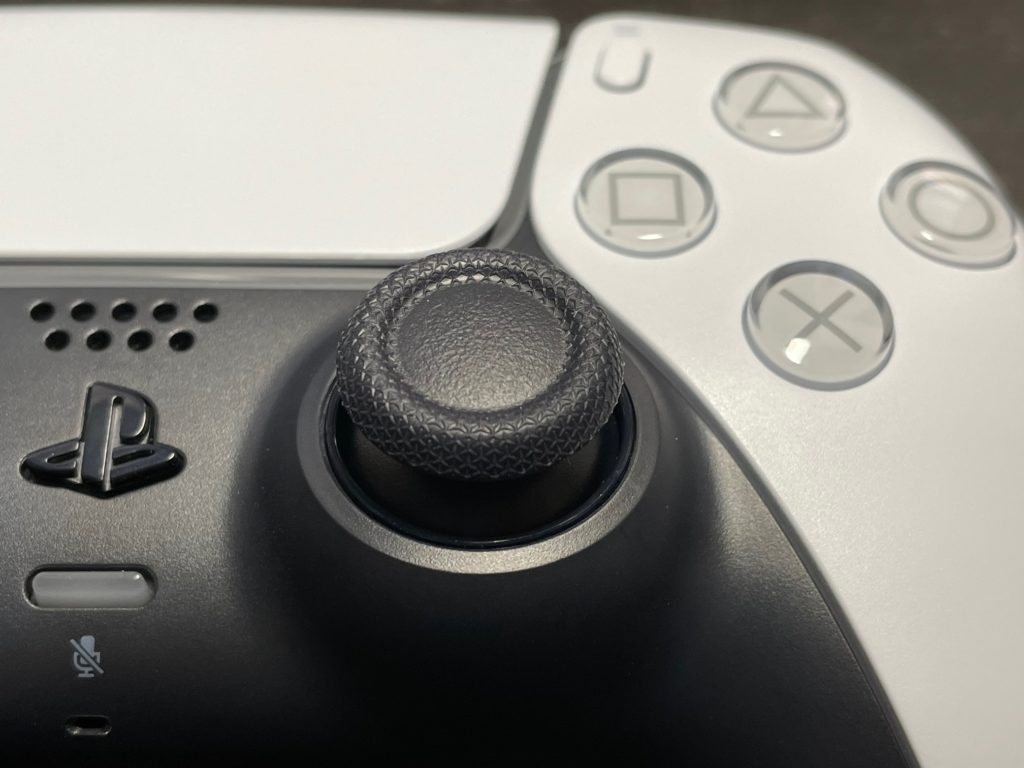
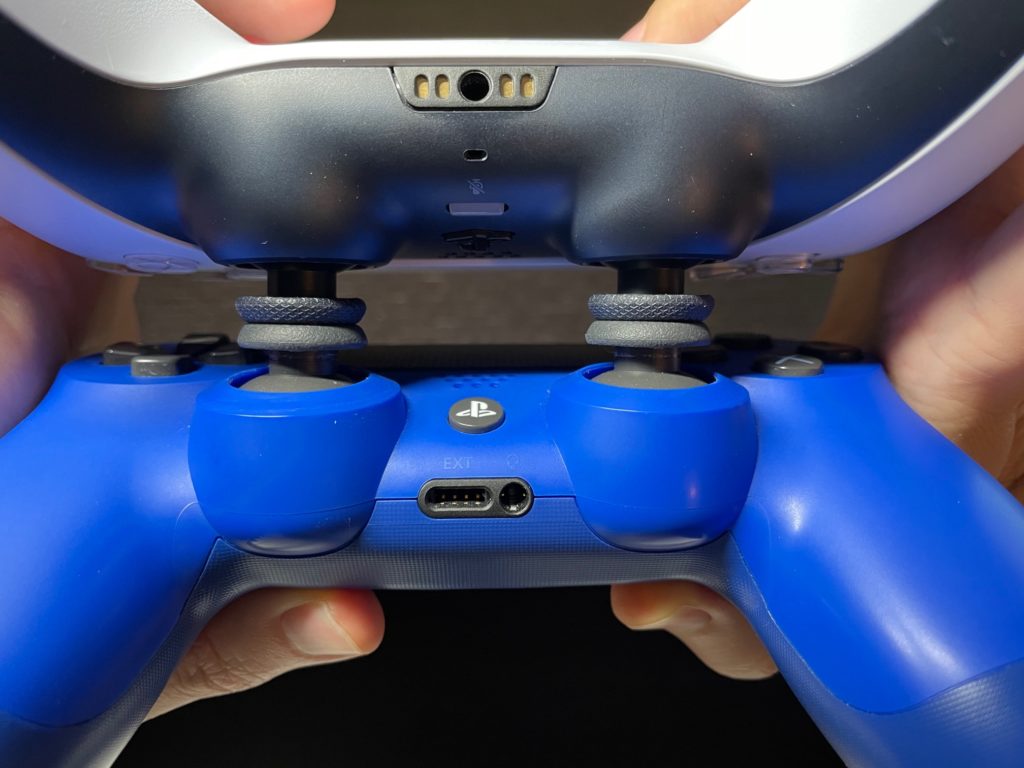
The Options and Create buttons are smaller than on DS4, but are slightly more raised so they’re easier to find and press. They have a nice clickiness compared to the DS4’s buttons, which I like a lot better. I think the Options and Share buttons on DS4 were one of its weakest elements – too flush with the surface of the controller so it takes a while to learn their placement, and the clicking action isn’t very pronounced so you’re not getting great tactical feedback when trying to take a screenshot or whatever. So this is a big improvement over those.
The shoulder buttons are much bigger on the DualSense – both the L1/R1 and L2/R2 buttons. I never had much issue with these on the DS4, and I really liked the added curviness introduced to L2/R2 on the DS4, which made the triggers feel like actual triggers and prevented finger slippage. The DualSense matches the feel and shape of the DS4’s shoulder buttons, but with additional surface area for your fingers. Nice improvement.
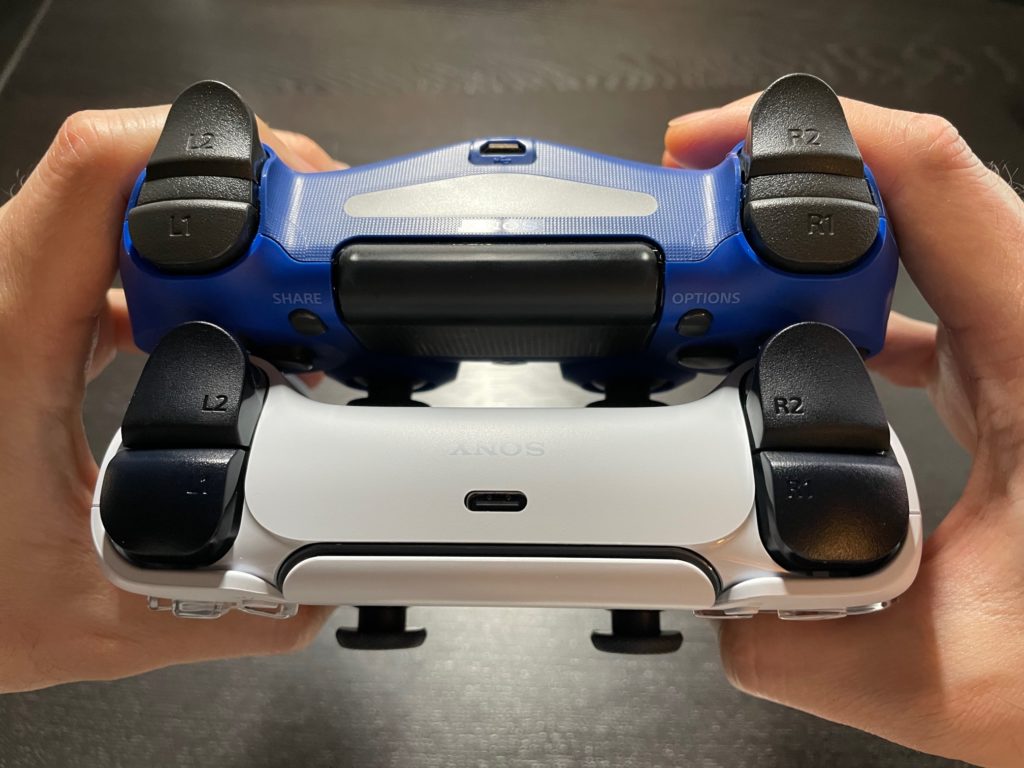
The PlayStation button is now shaped like the PlayStation logo instead of the circular buttons on the DualShock 3 and DualShock 4. It looks a lot fancier, but otherwise functions exactly as you would expect, with a soft press. The changed shape doesn’t make it more difficult to find or press, since the location of it is exactly where you expect it to be. Directly underneath that, the small microphone mute button has a short action but a nice clicky feedback, so there shouldn’t be any doubt that you’ve pressed it. Plus, it has a light to indicate whether it’s muted or not.
When you plug the DualSense into a PC or Mac via USB, it comes up immediately as a generic game controller device, and works out of the box in Steam, though you do have to configure the controller’s inputs first. In USB mode, you can also use the DualSense’s microphone as an audio input, so I tested it out by recording myself talking into it. After the first recording, I realized that the front microphone – directly underneath the Mute button – is the right channel, and the rear microphone on the bottom of the controller is the left channel. So I re-recorded myself talking into the bottom of the controller to try to hit both mics equally. It sounds really good! And if you’re wondering, “How are the two channels supposed to be balanced when you’re only going to talk to the front,” the answer is probably that voice chat on PS5 will be mono and the second mic will be used for noise canceling – another feature I can’t test since that’ll be done on the PS5 via software.
Here’s my short voice recording. I also mashed the buttons and sticks at the end to test how bad the controller sounds are, and they’re honestly not that bad at all, even before noise canceling.
https://voca.ro/13EORkyR10dF
So, we’ve learned from others on the internet that you can actually pair the DualSense as a wireless controller to the PS3, but the same doesn’t work on the PS4. However, I did verify that you can definitely use the DualSense as your controller on the PlayStation Remote Play app, so I used this ridiculous setup to get the closest thing to using the DualSense on the PS4.

Playing Ghost of Tsushima like this, everything on the controller works perfectly, with no configurations needed (except the mic, which does not work on PS4 like this). The Options and Share buttons work, the triggers work, and the touchpad works. And also, rumble works! This isn’t the advanced haptic feedback or anything fancy like that, but even still, the DualSense’s rumble is immediately a huge improvement over the DS4’s. It feels “higher resolution,” for lack of a better way to describe it. Each individual pulse in a rumble action is smaller and faster, so you get more consistent and reliable physical feedback, especially on short or light rumbles, such as dodging in Ghost of Tsushima, which is barely noticeable sometimes on the DS4. It feels like the “HD Rumble” feature on Switch, but maybe more powerful. Can’t wait to feel the true haptics.
Other devices: DualSense will not pair with the DualShock 4 PC wireless adaptor USB dongle. DualSense does pair to Windows and Mac OS via Bluetooth, and can be used as a generic game controller in Steam and probably other apps like this. However, I was not able to get the DualSense working in the PS Remote Play app wirelessly via Bluetooth. DualSense also does not pair to iOS via Bluetooth – it probably needs an iOS update to be supported.
Overall, this is a really well designed controller, feels great in the hand, and is solidly and thoughtfully constructed. One nice detail is that there are actually no screws holding it together anywhere on the exterior – the DS4’s bottom has four screws. However, this might make opening it and self-service more difficult for the average user.
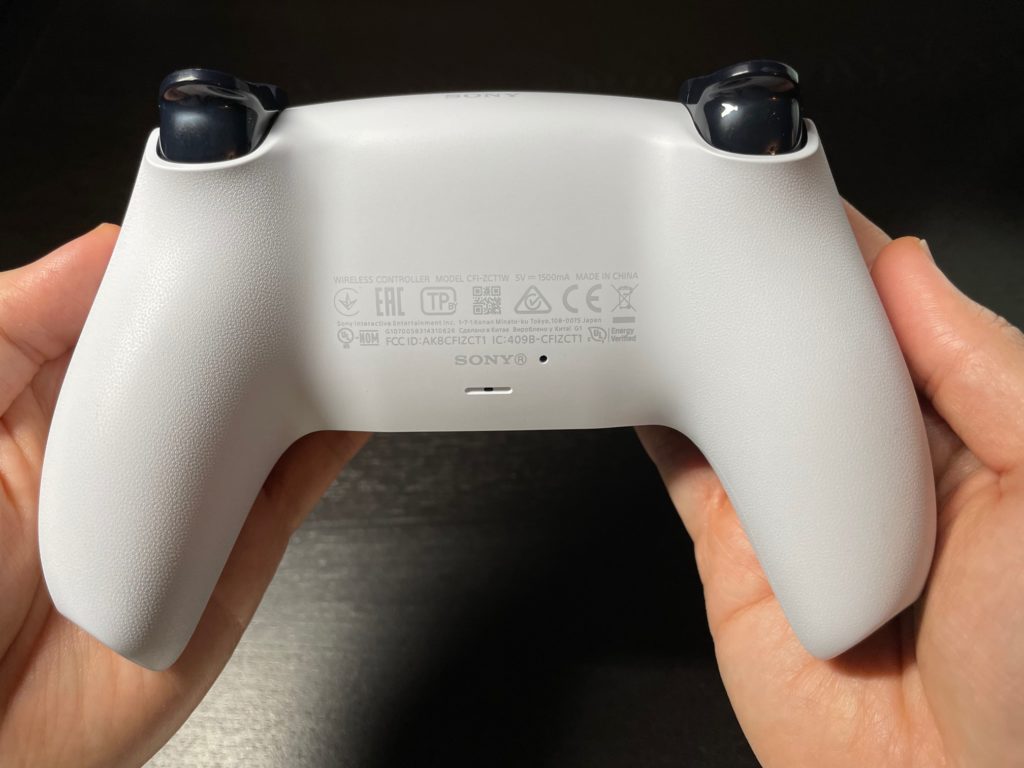
Even just from the short use period with remote play and some Steam games, I can say with confidence that I like the DualSense a lot, and it might quickly surpass the DS4 as my favorite controller once I can experience the haptics and adaptive triggers, which are both supposed to be very impressive. I can’t wait!
